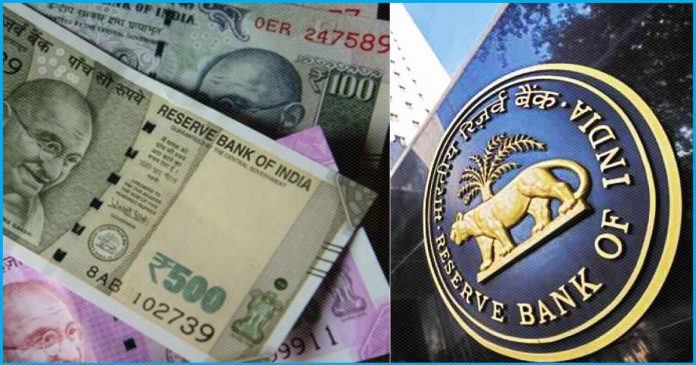The Reserve Bank of India let its need to increase sterilization capacity known to the government and endorsed the tolerance band of 4% (+-2%) for inflation. RBI’s report on currency and finance for 2020-21 had proposed sterilization as a solution to resolve the issue of the fixed foreign exchange rate, free capital movement, and an independent monetary policy. Although Standing Deposit Facility (SDF) can address the security availability issue of RBI, market-based sterilization instruments are necessary to put away with misalignment of operating target relative to the policy repo rate.
Since adequate provisions may be necessary every year for the market stabilization scheme (MSS), the fisc may also have to chip in. This would be a big help in strengthening the monetary operations of the RBI and would be consistent with the level of international reserves considered beneficial for effectively managing exchange rate volatility. To build adequate buffers against global spillover as a precautionary requirement is a public policy objective and is not just confined to monetary policy. The report by RBI also noted that the present inflation tolerance band must be retained for the coming five years. The international experience shows that the emerging market economies that target inflation have either kept their targets the same or have lowered their inflation targets. But in India however, owing to the repetitive incidence of supply shocks inflation expectations have been elevated therefore it is necessary to maintain this tolerance band for the coming five years.
During the period between October 2016 and March 2020, headline inflation averaged 3.9% while trend inflation estimates were in the range of 3.8%-4.3% for the flexible inflation targeting (FIT) period. The report mentioned that beyond 6% tolerance of inflation would be harmful. It was also noted countries having a large share of food in the Consumer Price Index (CPI) basket have higher inflation rates and their tolerance bands are wider. The lower tolerance band in India shouldn’t go below 2% either, Below this level, production activity would disincentivize.
Follow and connect with us on Facebook, Linkedin & Twitter

